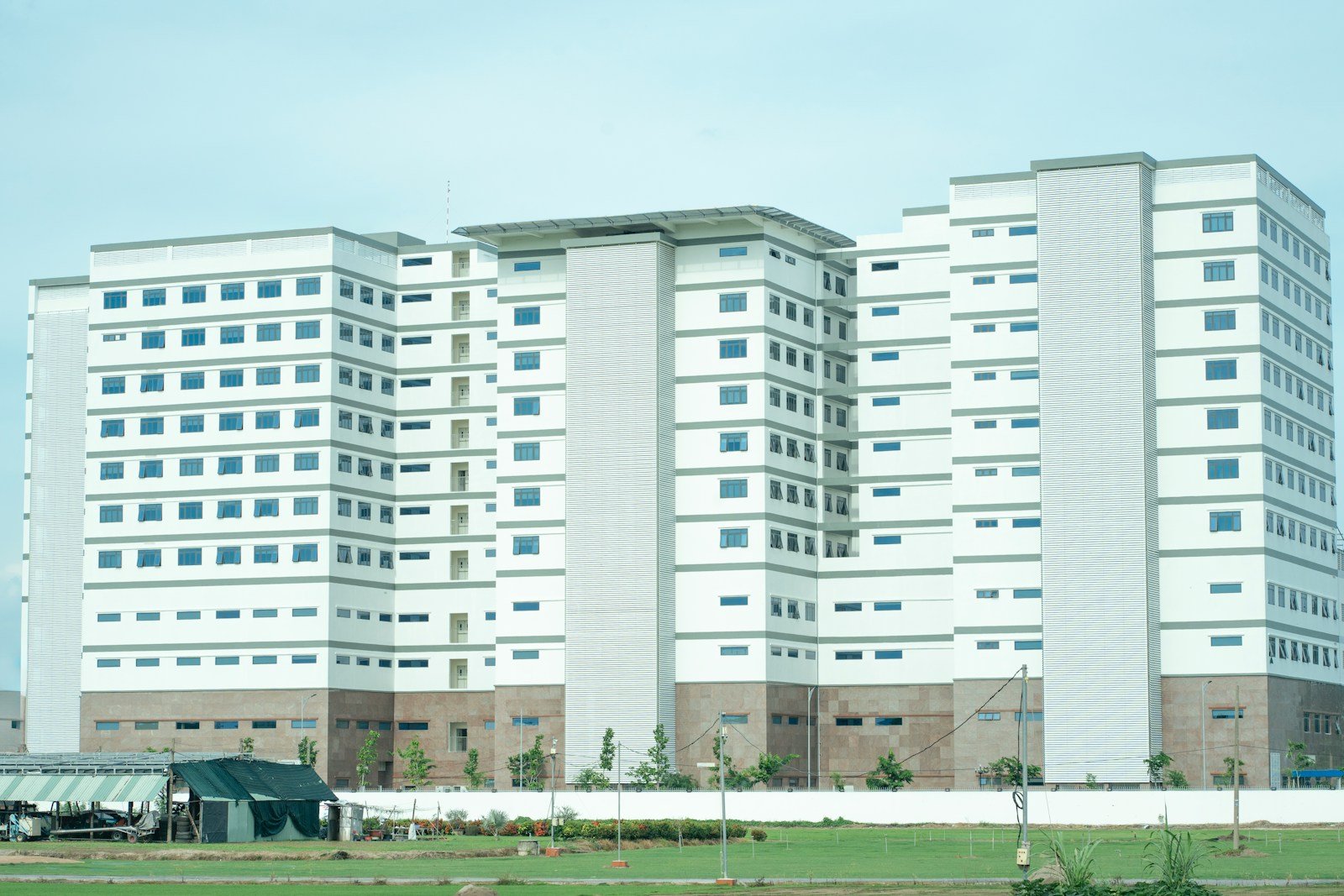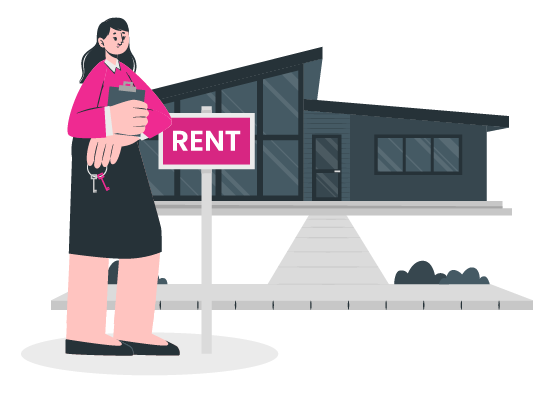Navigating Ireland’s complex housing system can be overwhelming, especially for tenants trying to find long-term, secure, and affordable rental options. Among the available supports, two government-backed initiatives often come up in conversation: the Cost Rental Scheme and the Rental Accommodation Scheme (RAS).
These two schemes offer different paths to affordability, and understanding how each works could significantly impact your housing journey. This article breaks down the Rental Accommodation Scheme for tenants, explains how RAS works in Ireland, and explores the rising relevance of the Cost Rental Scheme for those caught between the private rental market and social housing eligibility.
What Is the Cost Rental Scheme?
The Cost Rental Scheme is a housing model introduced by the Irish government to provide secure rental accommodation at prices significantly below market rates. Instead of being determined by market demand, the rent is based on the actual cost of developing, managing, and maintaining the property.
This means tenants in cost rental homes typically pay around 25 percent less than comparable private rental properties in the same area. The scheme is operated by Approved Housing Bodies (AHBs) like Clúid and Respond, with the aim of supporting middle-income earners who don’t qualify for social housing but still struggle with high rents.
Key Points:
- Rent is calculated on a not-for-profit basis
- Properties are newly built or recently refurbished
- Long-term tenancies with strong protections
- Designed for moderate-income earners
If you earn too much for traditional social housing yet cannot afford private rents, the Cost Rental Scheme may be your best option.
What Is the Rental Accommodation Scheme (RAS)?
The Rental Accommodation Scheme for tenants is a government initiative introduced in 2005. It targets individuals who have been receiving Rent Supplement for long periods and aims to provide more stable, long-term housing solutions. RAS is managed by local authorities, who secure private rental properties and lease them directly from landlords on behalf of eligible tenants.
Once approved under RAS, your local authority becomes responsible for paying the rent directly to the landlord. In return, tenants benefit from more secure tenancies, better property standards, and a transition away from the uncertainties of the private rental sector.
How RAS Works in Ireland
To understand how RAS works in Ireland, it’s helpful to break down the process into practical steps:
- Eligibility
To qualify, tenants must be in receipt of Rent Supplement for at least 18 months and have an ongoing need for housing. This is known as RAS housing support eligibility. - Property Sourcing
Local authorities work with landlords to source suitable private rental properties. These must meet national minimum standards and be available for long-term leasing. - Lease Agreement
The lease is signed between the landlord and the local authority, not the tenant. However, the tenant agrees to a licence arrangement that gives them rights similar to those in a standard tenancy. - Ongoing Support
Tenants are no longer required to apply for Rent Supplement and benefit from more stable accommodation. In most cases, they pay a differential rent based on their income.
This scheme bridges the gap between private renting and full social housing support, offering practical solutions for tenants in need of a stable home.
Differences Between the Cost Rental Scheme and RAS
Though both schemes aim to make housing more affordable, their structures and target demographics differ significantly.
| Feature | Cost Rental Scheme | Rental Accommodation Scheme (RAS) |
|---|---|---|
| Target Group | Moderate-income earners | Long-term Rent Supplement recipients |
| Rent Level | Below market rates (cost-based) | Agreed rate, often subsidised |
| Property Type | New or refurbished AHB housing | Private rental homes |
| Leaseholder | Tenant directly | Local authority leases from landlord |
| Duration | Long-term tenancy | Long-term licence agreement |
Tenants unsure which scheme applies to them should consult with their local authority or use digital housing tools for further clarity.
Who Is Eligible for the Cost Rental Scheme?
Unlike RAS, the Cost Rental Scheme has its own set of criteria:
- Applicants must be aged 18 or over
- Must not be receiving other housing supports such as HAP or RAS
- Must not own property
- Net household income must fall within a certain threshold
- €66,000 or below for Dublin
- €59,000 or below for the rest of Ireland
These homes are ideal for individuals or families in steady employment who are priced out of the private market but ineligible for traditional social housing.
Applying for a Cost Rental Property
Cost rental homes are offered through periodic application windows. These are advertised by Approved Housing Bodies or local authorities. Interested tenants must complete an online or paper application and provide:
- Proof of income
- Identification documents
- Evidence of current housing circumstances
Due to high demand, applications often exceed availability, and properties may be allocated by lottery.
The Role of Digital Tools in Housing Decisions
Understanding your eligibility and options is one thing. Making an informed decision is another. Tools like FindQo.ie can assist tenants by offering:
- Cost estimation tools for renting or buying
- Location comparisons with amenity scoring
- Real-time insights into rental trends
- Guidance on available support schemes
Whether you’re exploring cost rental housing or seeking to understand your eligibility under RAS, digital platforms like FindQo.ie can help you plan with confidence.
Conclusion: Choosing the Right Scheme for Your Needs
For tenants in Ireland, finding affordable, secure housing is rarely straightforward. The Cost Rental Scheme and Rental Accommodation Scheme for tenants represent two distinct yet essential parts of the national housing support structure.
If you are currently receiving Rent Supplement and in need of long-term housing, RAS could provide the stability you’re looking for. On the other hand, if you’re earning too much to qualify for social housing but still struggling to afford private rents, the Cost Rental Scheme offers a practical, cost-effective alternative.
Understanding how RAS works in Ireland and whether you’re eligible for either scheme is the first step. The next is using the right tools to compare your options, costs, and locations.
Need help navigating your housing choices?
Visit FindQo.ie to explore affordable areas, estimate rental costs, and discover the best housing scheme for your situation.

